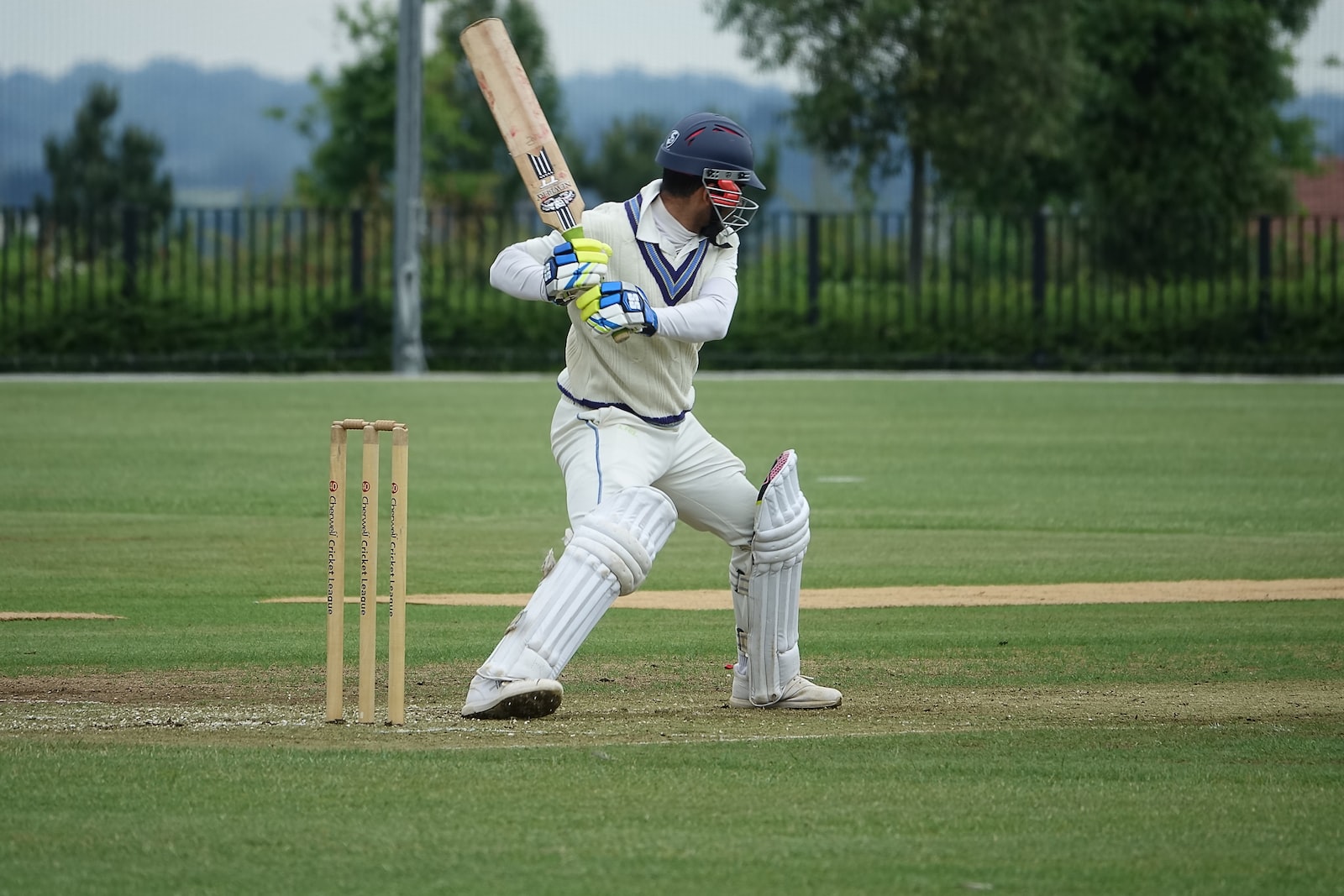Introduction
Cricket is a sport that has been around for centuries and has long been popular in South Asia, Australia and the UK. With its deep roots in tradition and its long-standing history, it often gets associated with wealth and privilege. But is cricket really just a rich person’s sport? In this blog post, we’ll take an in-depth look at what makes cricket such a popular game among the wealthy and if there are any barriers to entry that prevent lower income individuals from participating.
The Appeal of Cricket for Wealthy Individuals
The appeal of cricket for wealthy individuals lies mostly in the lifestyle aspect associated with the game. From exclusive country clubs to private matches played between teams of well-to-do families, cricket offers an escape from everyday life that many high net worth individuals find attractive. Additionally, playing cricket requires access to certain resources (such as specialized equipment) which can be expensive and difficult to obtain without financial means or connections – another factor that adds to its exclusive nature.
Beyond these practical reasons why wealthy people might be drawn towards playing cricket are more intangible elements like status or prestige associated with being part of an elite group who plays the game well – something many affluent people strive after when engaging in activities they enjoy. Finally, some people may be drawn towards the romanticized version of British culture embodied by classic “village green” style matches where gentlemen compete against each other on perfectly manicured fields surrounded by stunning countryside views – something you won’t necessarily find at your local public park!
Is Cricket Accessible To All?
Although it’s true that enjoying a cricket match may require money, resources, or connections that not everyone has access to, there are still numerous ways for anyone interested in this pastime to participate, regardless of their financial situation. After all, modern versions of traditional team sports tend to adapt over time, becoming more accessible to a wider audience. One example is One Day Internationals (ODIs), which initially started as exclusive contests between nations but quickly became more widespread once rules were adjusted, allowing smaller countries outside of the Europe, Australia, and New Zealand circle to participate.
At the grassroots level, most towns have local teams comprised primarily of amateurs who play casually rather than professionally, making it an ideal option for those wanting to try out the sport without having to invest large sums of money upfront. Other options include attending free community events hosted by organizations that are passionate about preserving cricket traditions around the world, providing even the least privileged with the opportunity to experience the joys of this great game to its fullest extent.
Conclusion
In conclusion, although cricket does come with certain privileges attached due to the costs involved in setting up a team and properly equipping players with necessary items, there is no reason why anyone shouldn’t be able to get involved, regardless of their economic standing. This is possible as long as the right environment and conditions are available for them to pursue their interest in the sport.

